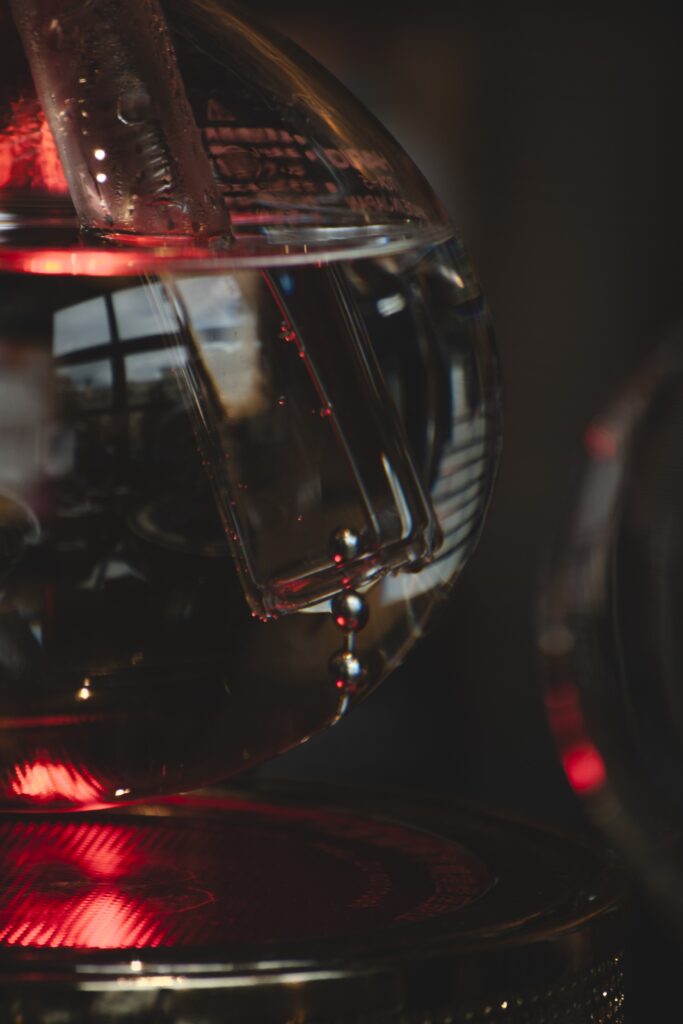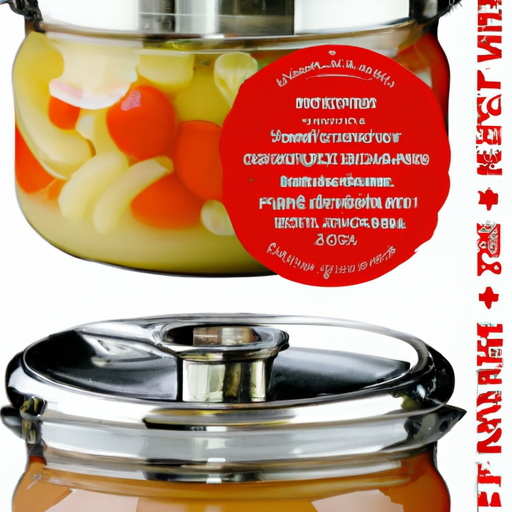Are you curious about the distinctions between a pressure canner and a pressure cooker? Look no further! This article will shed light on the nuanced differences between these two essential kitchen appliances. From their varying purposes to their unique features, you’ll gain a better understanding of which one is the perfect fit for your cooking needs. So, let’s dive right in and uncover the distinctions between a pressure canner and a pressure cooker, and become a wiser chef in the process!
Pressure Canner vs Pressure Cooker
Overview
When it comes to cooking under pressure, both pressure canners and pressure cookers offer efficient ways to prepare meals quickly. However, there are some distinct differences between these two kitchen appliances. In this article, we will compare and contrast pressure canners and pressure cookers to help you understand their unique features, purposes, and functionality.
Purpose
The purpose of a pressure canner is primarily to safely preserve food by using high-pressure steam. It is commonly used to can fruits, vegetables, and preserves. On the other hand, a pressure cooker is mainly designed to cook food quickly by utilizing steam and pressure. It proves to be an excellent tool for preparing various dishes, including stews, rice, beans, and even tenderizing tough cuts of meat.

Functionality
Both pressure canners and pressure cookers operate using the same basic principle of creating pressure and steam to cook food. However, a pressure canner typically consists of a heavier build and a more robust sealing mechanism than a pressure cooker. This is because a canner needs to maintain higher pressure levels to ensure that the preserved food remains safe from any harmful bacteria. Pressure cookers, on the other hand, have a lighter build and focus more on efficient and rapid cooking.
Construction
Pressure canners are generally constructed with a thicker and heavier base, allowing them to withstand and maintain higher pressure levels throughout the canning process. Additionally, they often have a larger capacity and are made from durable materials such as stainless steel or aluminum. In contrast, pressure cookers are typically lighter in construction, often featuring a non-stick cooking surface, and may also incorporate additional features like multiple cooking modes or smart technology.

Capacity
Due to their primary purpose of canning, pressure canners are usually designed with larger capacities compared to pressure cookers. This is because canning often involves processing larger quantities of food at once. Pressure canners commonly come in sizes ranging from 16 to 23 quarts, allowing for efficient canning of multiple jars simultaneously. On the other hand, pressure cookers are available in a variety of sizes, usually ranging from 4 to 10 quarts, depending on the individual’s cooking needs.
Pressure Levels
One of the most significant differences between pressure canners and pressure cookers lies in their pressure levels. Pressure canners are built to reach higher pressure levels, typically ranging from 10 to 15 PSI (pounds per square inch). This is necessary to effectively sterilize and eliminate any potential bacteria from the food during the canning process. Pressure cookers, while also capable of achieving high pressure levels, usually operate within the range of 5 to 10 PSI, which is sufficient for rapid cooking and tenderizing.

Cooking Times
Since pressure canners are primarily used for preserving food, the cooking times can vary significantly depending on the specific recipe and type of food being canned. Pressure canning involves a longer process than pressure cooking, with cooking times usually ranging anywhere from 20 minutes to a few hours. Conversely, pressure cookers excel at reducing cooking times by up to 70%, making them an ideal choice for busy individuals seeking time-efficient meal preparation.
Safety Features
Both pressure canners and pressure cookers are equipped with safety features that ensure safe and worry-free cooking. However, pressure canners typically have more extensive safety features due to the high-pressure levels involved in canning. Some common safety features found in pressure canners include a locking lid, pressure release valves, overpressure plugs, and visual pressure indicators. Pressure cookers also incorporate similar safety mechanisms but may have additional features such as automatic temperature and pressure controls, as well as various locking systems.

Uses
While pressure canners are primarily used for canning and preserving food, pressure cookers have a wider range of applications in the kitchen. Pressure cookers can be used to prepare a variety of dishes, from soups and stews to risottos and desserts. They are also excellent for cooking tough cuts of meat, as the high pressure and steam help to tenderize them quickly. Pressure canners, however, are more limited in their usage and are specifically designed for the canning process.
Cost
The cost of pressure canners and pressure cookers can vary depending on the brand, size, and features. Generally, pressure canners tend to be more expensive than pressure cookers due to their larger size and more robust construction. A good quality pressure canner can range anywhere from $200 to $500, depending on the capacity and materials used. On the other hand, pressure cookers are generally more affordable, with prices typically ranging from $50 to $200, depending on the size and additional features included.
In conclusion, while pressure canners and pressure cookers share some similarities in terms of their cooking method, there are distinct differences in their construction, purpose, and functionality. Pressure canners are specifically designed for safe food preservation through canning, whereas pressure cookers excel at rapid cooking and tenderizing. Understanding these differences can help you choose the right kitchen appliance to suit your specific needs and cooking preferences. Whether you’re looking to can fresh produce or prepare flavorful meals in a fraction of the time, both pressure canners and pressure cookers offer efficient and effective solutions in the kitchen.

